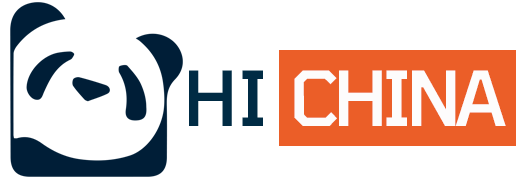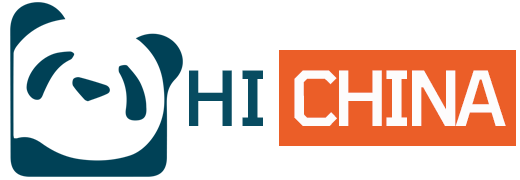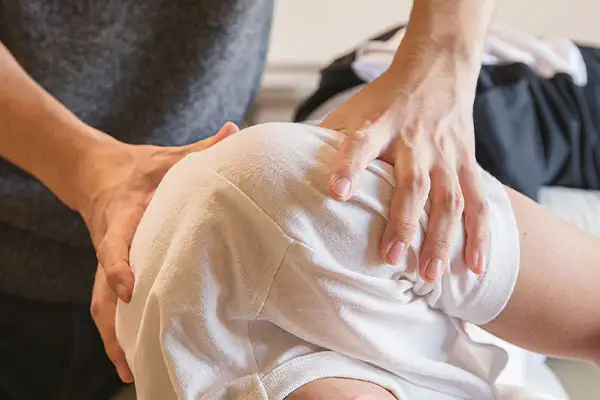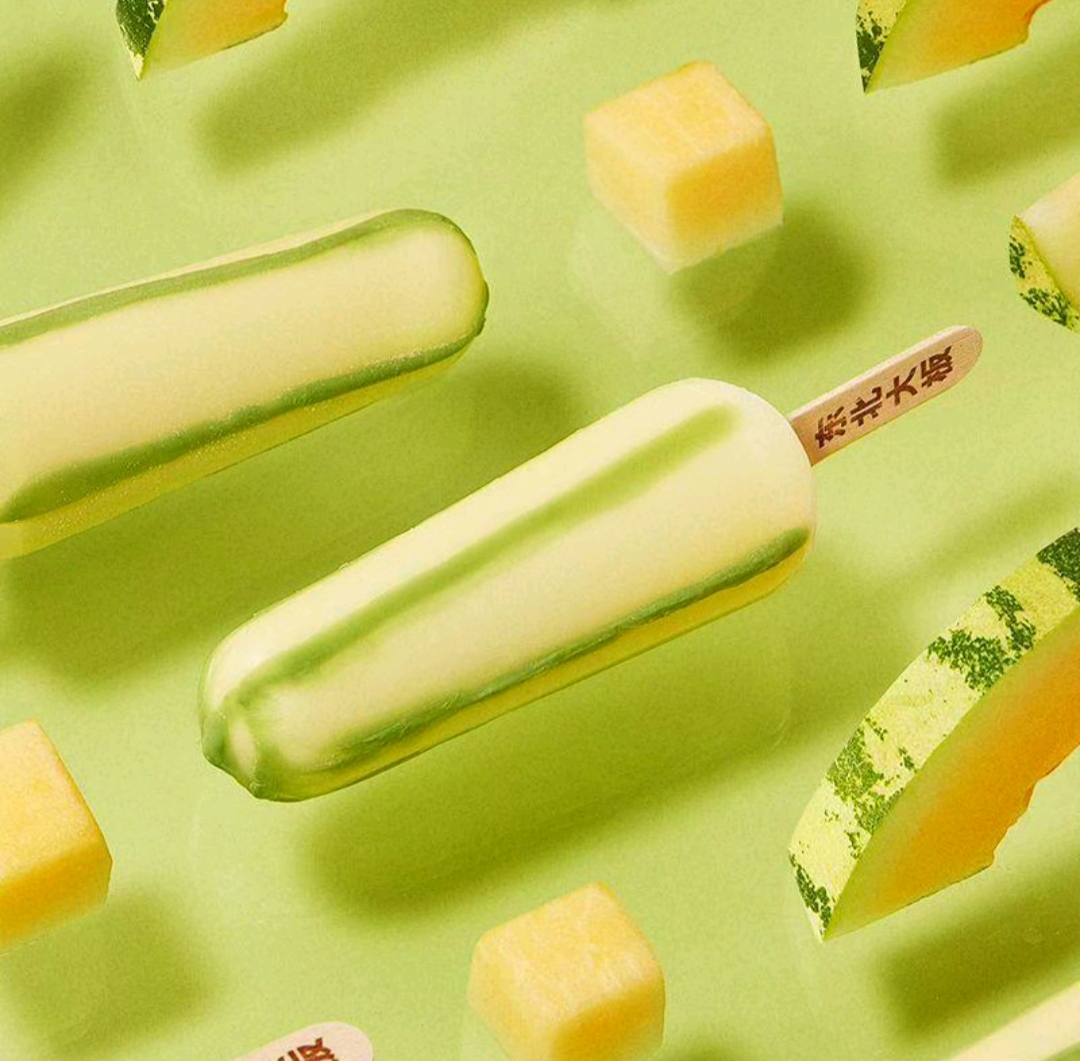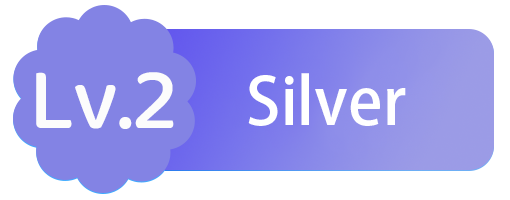Traditional Chinese Massage (Tui Na)
Overview
Traditional Chinese Massage (Tui Na), a branch of Traditional Chinese Medicine (TCM), is an ancient healing art that combines acupressure, manipulation, and stretching techniques. Rooted in the principles of TCM, Tui Na aims to harmonize the flow of Qi (energy) in the body, promote blood circulation, relieve pain, and enhance overall well-being. Unlike other forms of massage, Tui Na often incorporates diagnostic methods from TCM to tailor treatments to individual needs.
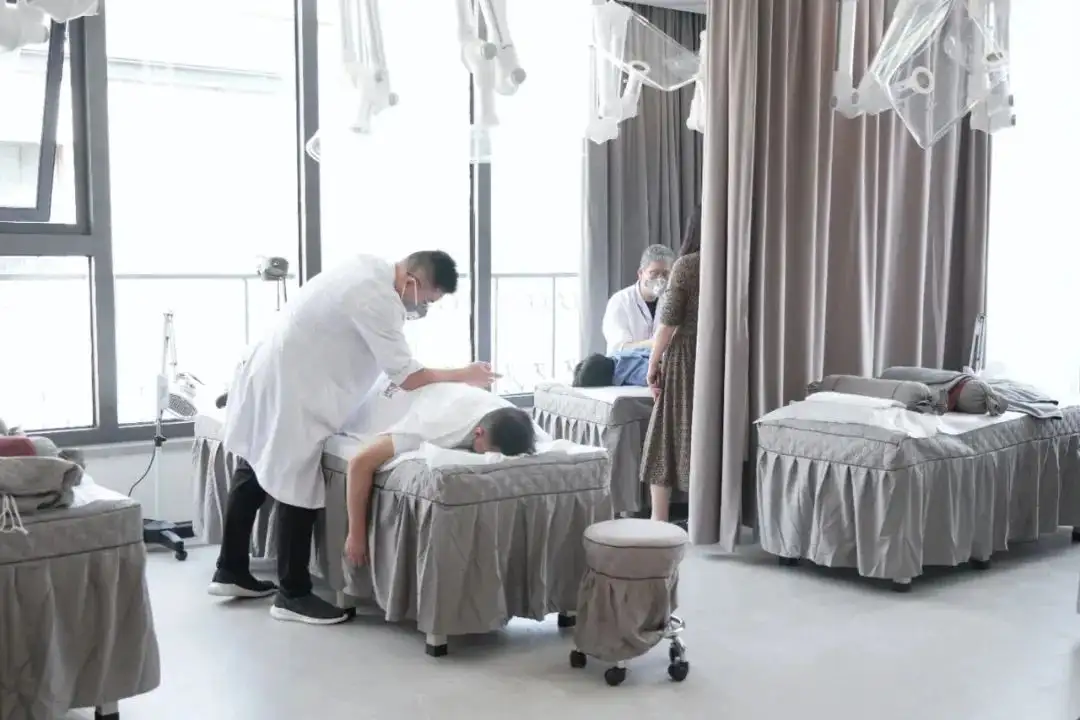
Indications
Tui Na is effective for a wide range of conditions, including but not limited to:
- Musculoskeletal Issues: Neck pain, back pain, shoulder stiffness, sciatica.
- Joint Problems: Arthritis, sprains, strains.
- Internal Disorders: Digestive issues, respiratory problems, stress-related conditions.
- Neurological Conditions: Headaches, migraines, insomnia.
- Post-Injury Rehabilitation: Enhancing recovery from sports injuries or accidents.
Types and Techniques
Tui Na encompasses various techniques categorized into broad styles:
- Basic Manipulation: Techniques like pushing, pulling, lifting, and pressing applied to specific acupuncture points and meridians.
- Joint Mobilization: Gentle rotations and stretches to improve joint flexibility and range of motion.
- Tapotement: Rhythmic tapping and percussive movements to stimulate circulation and relieve tension.
- Tuina for Specific Conditions: Tailored approaches for conditions like pediatric disorders or chronic pain management.
Effects
The primary effects of Tui Na include:
- Pain Relief: By releasing muscle tension and improving circulation.
- Enhanced Blood Flow: Facilitating the nourishment of tissues and organs.
- Stress Reduction: Promoting relaxation and mental calmness.
- Immune Boosting: Stimulating the body's natural healing mechanisms.
- Structural Alignment: Correcting posture and improving body mechanics.
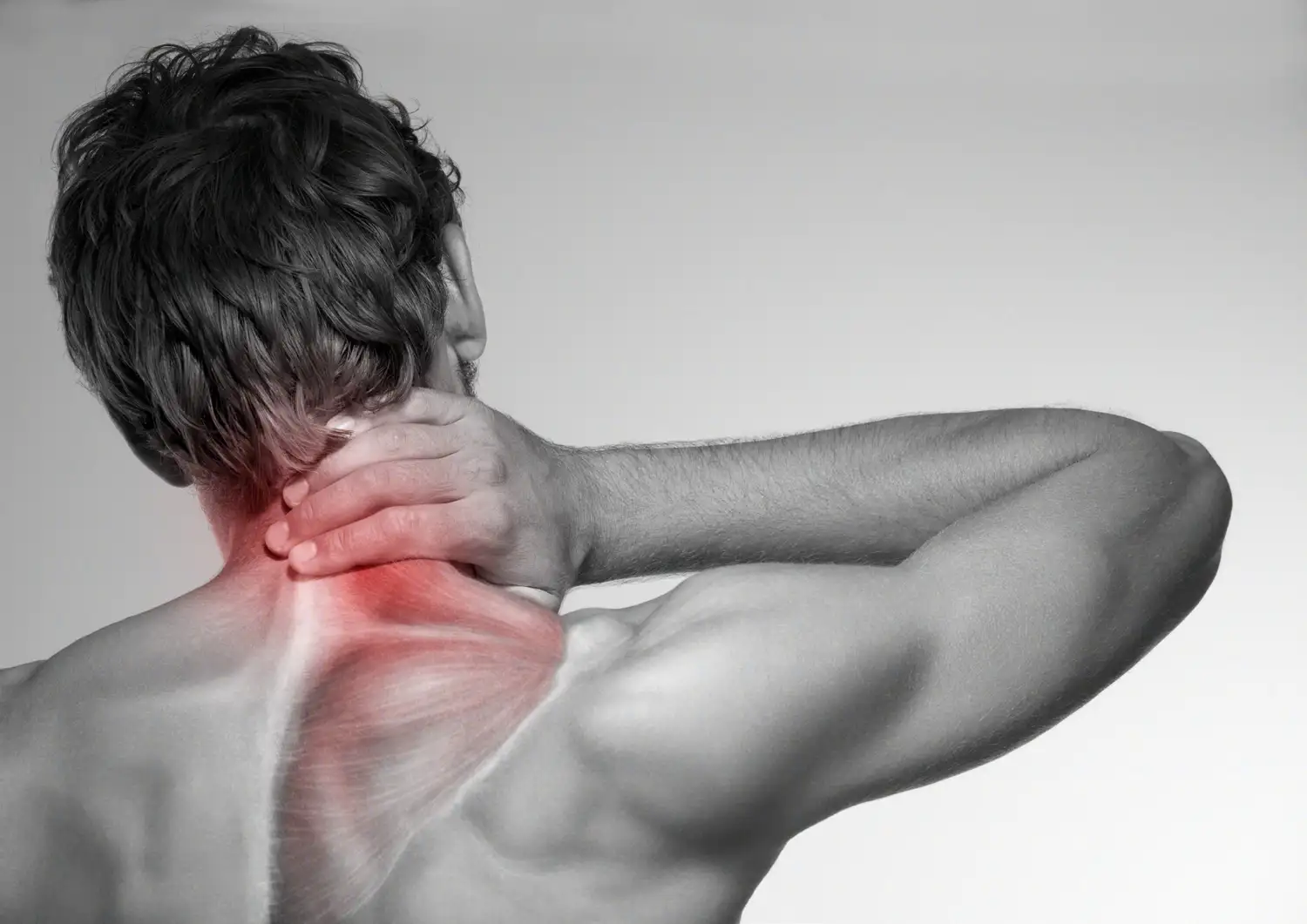
Advantages
- Holistic Approach: Addresses both symptoms and underlying imbalances.
- Personalized Treatment: Based on individual diagnosis using TCM principles.
- Non-Invasive: Avoids the risks associated with surgical interventions or medications.
- Preventive Care: Promotes overall health and well-being.
Differences Between Health Massage and Traditional Chinese Medicine Massage
Many people perceive massages solely as a means to relax and alleviate physical fatigue, unaware that it is a professional and rigorous treatment method with specific indications and contraindications. Its administration requires medical expertise to ensure safety, as improper use may cause harm rather than relaxation.
1. Different Requirements
-
Traditional Chinese Medicine Massage (TCM Massage):
- Guided by the fundamental theories of Traditional Chinese Medicine.
- Practitioners must possess a qualification certificate issued by the National Health Commission of China.
- Requires professional medical follow-up training and study.
-
Health Massage:
- Typically learned through participation in societal training courses.
- Practitioners can engage in this practice with a massage therapist certificate issued by the labor department.
- No need for follow-up training in hospitals.
2. Different Applications
-
TCM Massage:
- Classified under the external treatment of Traditional Chinese Medicine.
- Utilizes external force generated by medical manipulations to work on specific meridians, parts of meridians, or acupuncture points in the patient's body.
- Treats certain diseases through non-pharmacological methods, improving or curing them.
- Suitable for severe cervical and lumbar spondylosis cases with intense pain, degeneration, or inflammation, requiring consultation with a rehabilitation specialist from the Department of Traditional Chinese Medicine.
-
Health Massage:
- A healthcare method primarily used for physical fatigue relief and relaxation of body and mind.
- Does not have therapeutic effects on diseases.
3. Different Techniques
-
TCM Massage:
- Shares some similarities with health massage techniques.
- Encompasses a broader range of Chinese massage techniques, which are more rigorous and professional.
- Techniques vary based on the patient's tolerance, the disease's cause and pathogenesis, and dialectical treatment principles.
- Techniques can be strong or weak, with "light push and smooth push" serving as supplementary methods, while rapid, heavy, and short-term stimulation can be purgative.
-
Health Massage:
- Techniques are relatively basic.
- Gentle and mild continuous stimulation can activate internal organ physiological functions, functioning as a tonic method.
- Rapid, heavy, and short-term stimulation inhibits organ physiological functions, functioning as a purgative method.
In summary, while both types of massage aim to promote relaxation, their foundational theories, practitioner qualifications, applications, and techniques differentiate them significantly. Understanding these distinctions is crucial for selecting the appropriate massage type based on individual needs and conditions.
Glossary:
- Traditional Chinese Medicine (TCM): 中医
- Meridian: 经络
- Acupuncture Point: 穴位
- Qualification Certificate: 职业资格证书
- Dialectical Treatment: 辨证施治
